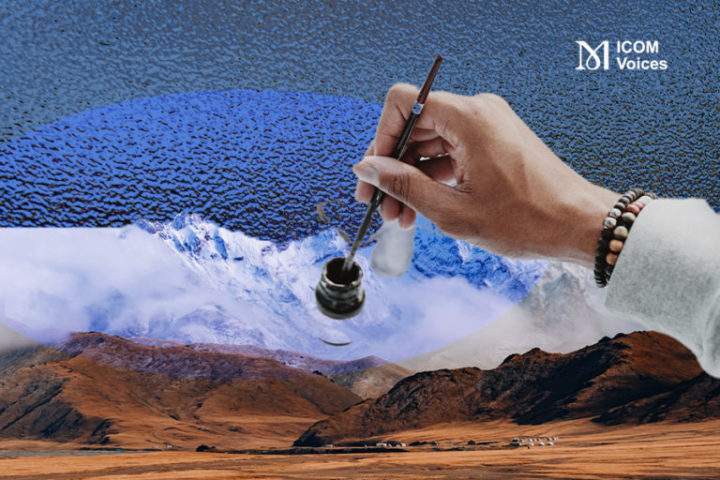
Diana Ukhina
Bishkek School of Contemporary Art, Kyrgyzstan
Museums have no borders,
they have a network
January 24, 2024
Keywords: Kyrgyzstan, BiSCA, contemporary art, state structures, museums
The collective is working on the principles of circulation, accumulation, formation of knowledge. It reflects on art and life, creates spaces for exchange, archives social and artistic activities. Our practices contribute to the development of a methodological and theoretical basis and to the recognition of contemporary art as an integral part of the culture of Kyrgyzstan. The 9 people who work on a volunteer basis at BiSCA have different experiences, areas of interest and activities, but are all united by interest in art.
Since its establishment in 2020, BiSCA has developed several permanent areas of activity: the School of Methodology of Art Research (approaches of knowledge production based on local art practices), the Trash-festival (ecology, political economy, social and climate justice), Museums as Public Heritage (participatory museum, art history of Kyrgyzstan, cultural sociology, museums’ memory), the periodical ARALASH-zine (self-archiving and contextualisation), as well as other activities related to art investigation, reflections, production and work with local communities, political and cultural contexts.
In this article, I will present three BiSCA projects, which are part of the Museums as Public Heritage area of activity. In Kyrgyzstan, a former Soviet republic, museums are some of the few places that have the potential to take part in cultural and social liberation, but do not carry it out. We have more than 100 museums around the country. According to official information, they are classified as following: republican, regional, urban, rural, school, private and house museums. Despite the high number of museums for such a small country, today they are not social and cultural centres in their environment. As a result of the transformations and deterioration of the political, social and economic structures, the country’s many cultural infrastructures such as libraries, music schools, houses of culture, or museums (and the artefacts they can contain – some still in good condition, some decaying or almost ruined) do not have the emotional, mental and financial resources needed to create meaning and provide opportunities for creativity and socialisation for local communities. Being independent cultural actors, we are aware of our right to work with our cultural heritage. One way of achieving social changes through public heritage is to take responsibility for the artistic foundation that already exists in the forms of museums.
During 2020, 2021 and 2022, BiSCA completed three long-term projects with state museums of Kyrgyzstan in the capital (Bishkek), in Talas and Issyk-Kul regions
A two-year artistic research: The Art of Kyrgyzstan in the Practices of Women Artists of the 20th Century: Painting, Graphic, Sculpture and Ceramic (2021-2022).
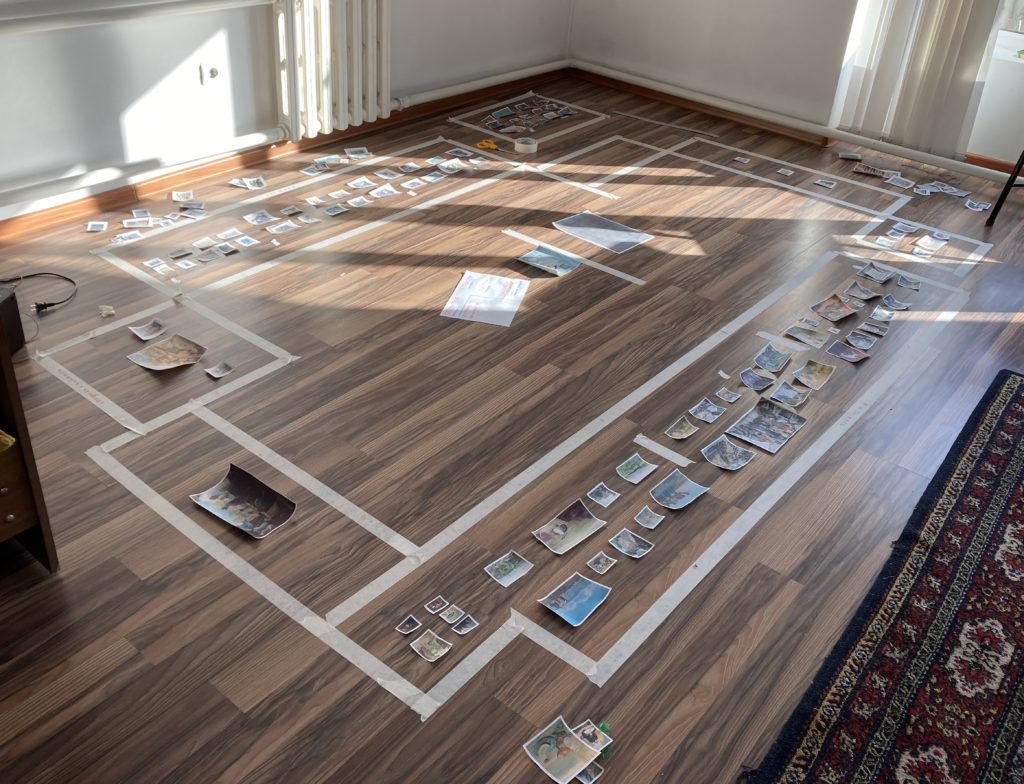
Fig. 1. Model of the exhibition The Air We Breathe. ©BiSCA
This research is an independent exploration of the institutional memory of the National Museum of Fine Arts named after G. Aitiev[1] and its collections on women artists of the 20th century, their visual languages and stories curated by me (Diana Ukhina) as part of BiSCA and SYNERGY art studio. I was curator and co-researcher of this project with my colleague Alima Tokmengenova (who was co-researcher). The study was conducted in several stages during 2021-2022:
1) We worked with the Museum’s library materials on artworks made by women of Kyrgyzstan in the 20th century. This first phase resulted in a research presented as an online exhibition-archive entitled I Look at You, You Look at Me and accessible on the SYNERGY art studio website.
2) We collected data from the city’s libraries, the archives of the Union of Artists and state archives. We also conducted interviews. The aim of all this was to prepare a series of lectures.
3) We conducted research in the museum’s collection storage. Based on this work, I curated a research exhibition at the National Museum of Fine Arts named after G. Aitiev entitled The Air We Breathe presenting 22 women artists and 140 of their art works, with sound-art and a reading zone with documents (copies of books) about these women artists.
4) We continued to collect, organise and analyse new data, preparing a catalog of entire research, titled The Art of Kyrgyzstan in the Practices of Women Artists of the 20th Century: Painting, Graphic, Sculpture and Ceramic. Being an exhibition catalog, the book does not include all women artists whose works are in the museum, but it contains works of 23 of these artists, with biographies for more than half of them. This book became one of the few contemporary resources on Kyrgyzstani art history using curatorial and artistic research approaches. It has been distributed to museums, libraries, universities and independent art spaces in Kyrgyzstan.
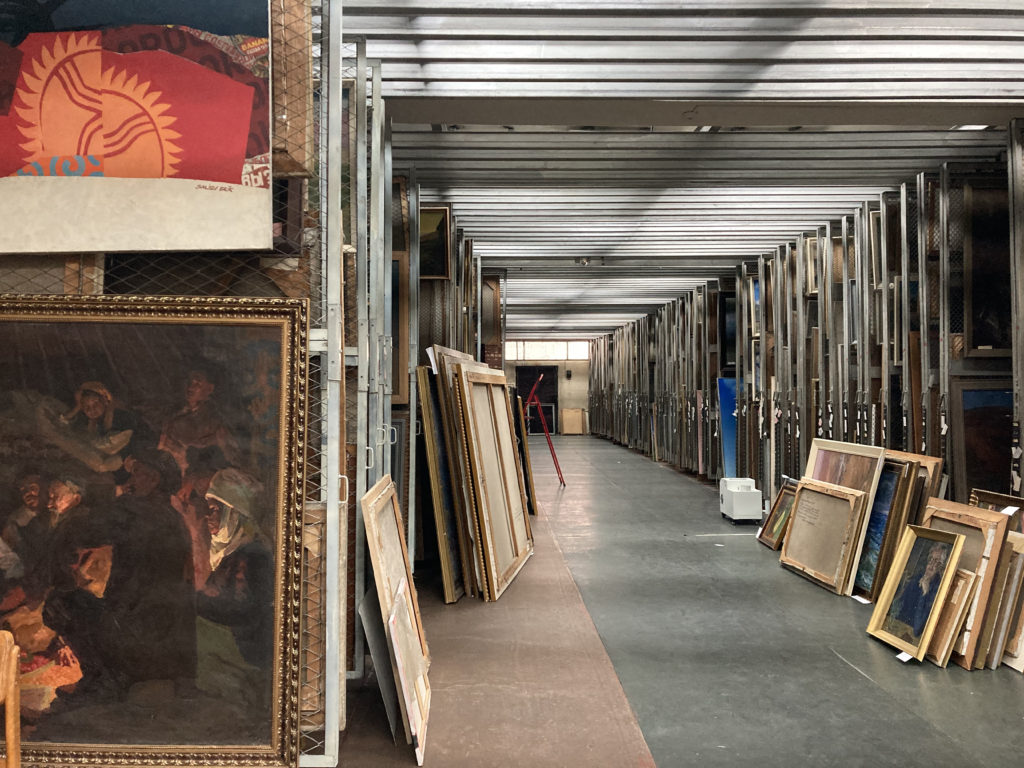
Fig. 2. Collection storage of the Kyrgyz National Museum of Fine Art named after G. Aitiev. ©BiSCA
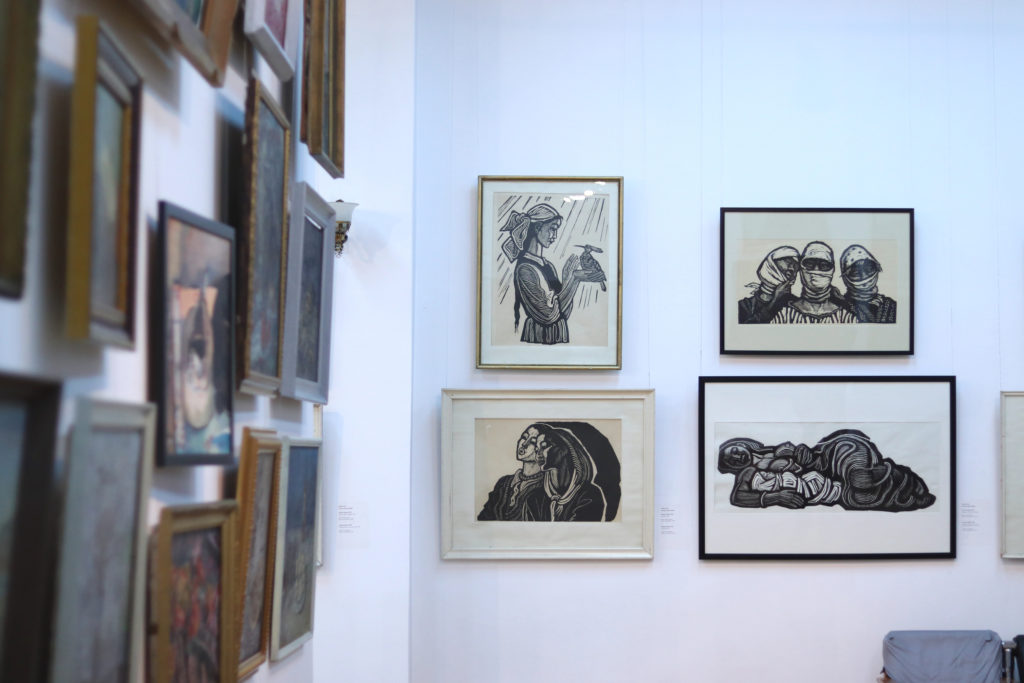
Fig. 3. Exhibition The Air We Breathe. ©BiSCA
A ten-month educational exhibition project: Museum of Participation in Issyk-Kul region (2021).
The aim of this project (curated by Oksana Kapishnikova and Alima Tokmergenova, with my expertise) was to disseminate ideas on how to involve local communities in exhibitions and museum programs. We worked on this with three museums. The project started with three days of theory-based workshops on participatory museums and the concepts of the new museology, using examples of local research-based art exhibitions. The workshop was intended to build relationships with museum workers, get to know their work, share experiences and methods that can be used when working with communities – such as mental maps or art therapy, for example. During the next 6 months and with the great support provided by curators from BiSCA, two of these museums organised exhibitions based in some principles of the museum of participation concept. The ARALASH-7 zine, intended for museums and arts professionals, was conceived as a manual for the organisation of exhibitions based on the principles of the Participatory Museum. The zine has been published and distributed to museums, libraries and independent art spaces in Bishkek.
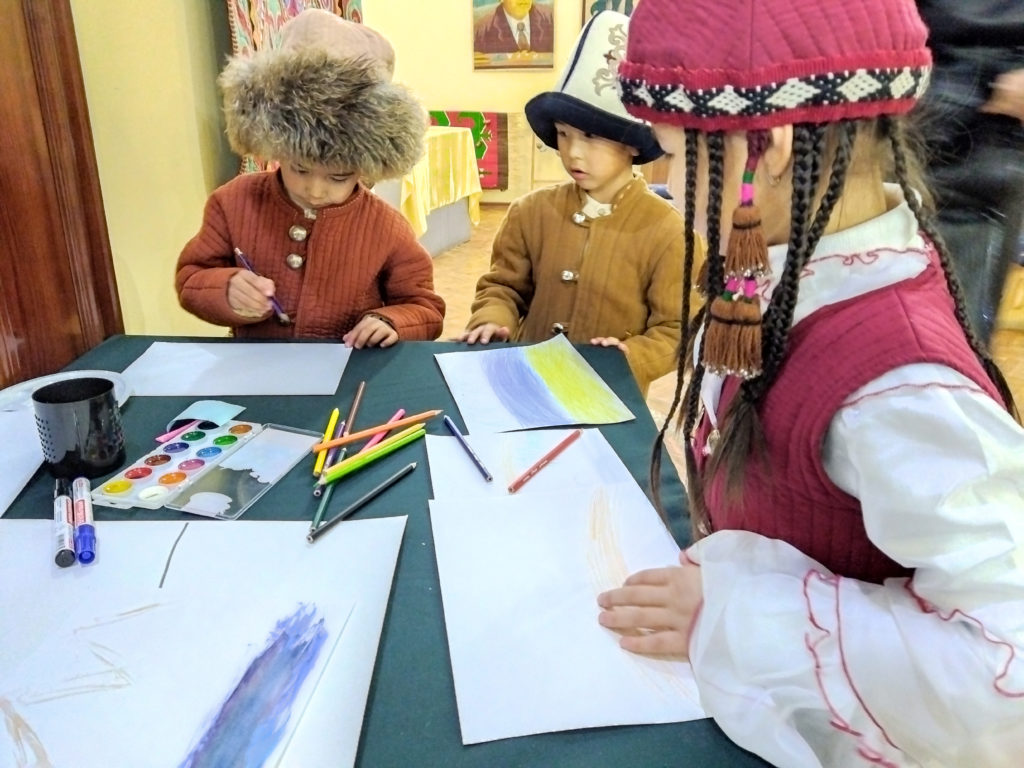
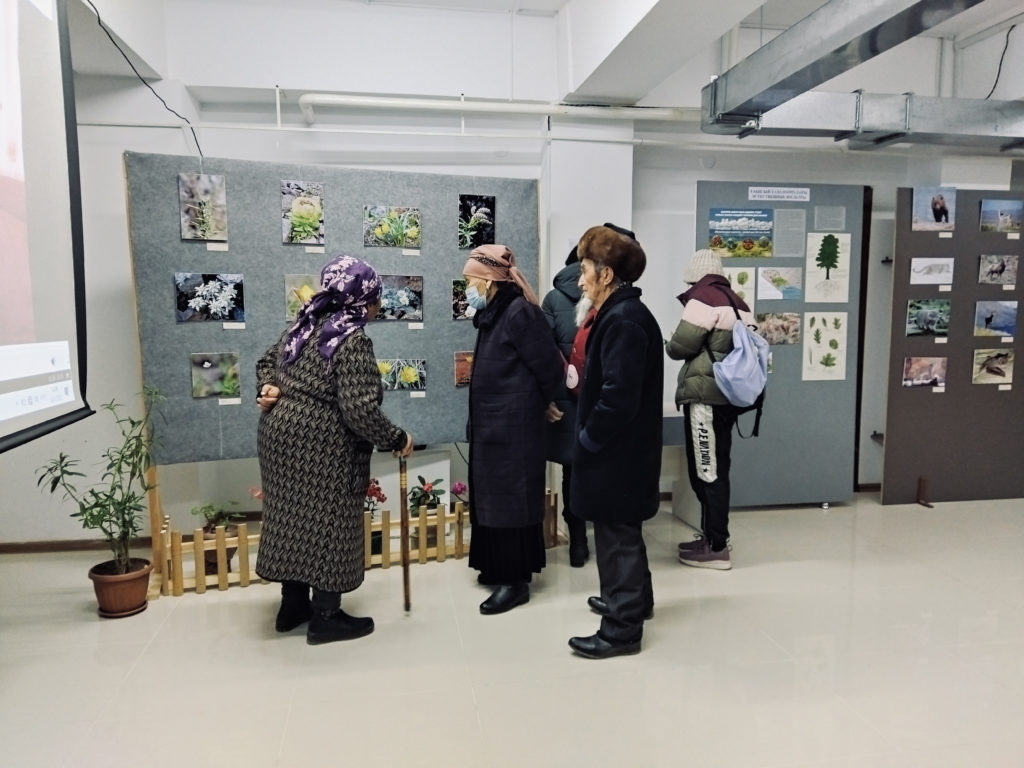
Fig. 4. and fig. 5. Exhibition opening in the Issyk-Kul region. ©BiSCA
A research and digital archiving of the collection of the Herzen Museum in Talas region.
In 2021, some of BiSCA’s members realised an artistic expedition to the Talas region curated by Bermet Borubaeva and Oksana Kapishnikova. There was an exploration of some grassroot museums founded during Soviet times. There was a tour around six small museums in the region but the focus of the research was on the museum initiated by the self-taught artist Teodor Herzen in 1962 in the village of Orlovka (now Ak-Dobo). The museum has a big collection of fine art of Kyrgyzstani and international artists, but this collection is in poor condition now. In her text, Oksana Kapishnikova wrote: ‘When I first saw the Herzen Museum… There was an understanding that the collection was selected very carefully with a special understanding of art. It didn’t have any random artwork. The question is, what was that figure, what was that team that managed to collect such an interesting and valuable museum collection in terms of its artistic qualities?’. The festival Talas. Art. Cinema was organised by the BiSCA team in Talas city. Thus, the project had several layers: the investigation of grass-root museums based on the principle of the self-organisation of a community; the research into the Herzen Museum collection, as well as its digitisation and archiving; the implementation of a contemporary art program for Talas citizens and children. The festival programme and some of the results of our research are presented in ARALASH-5 zine.

Fig. 6. Open air exhibition based on two workshops organised by BiSCA for children and citizens of Takas city. ©BiSCA

Fig. 7. Artistic expedition to the Talas region. ©BiSCA
Conclusion
Analysing our work through the prism of the School of Methodology of Art Research area, BiSCA’s structural approaches to working with state institutions, reshaping the imagination and producing knowledge, can be systematised as follows:
1) Studying the condition of the museums.
2) Working with the museum’s collection, literature, implementation and promotion of curatorial, research and discourse analysis approaches.
3) Conducting educational and artistic programs: a) for museum employees; b) for local communities, through interdisciplinary art events and programs.
[1] The main art museum of Kyrgyzstan.
